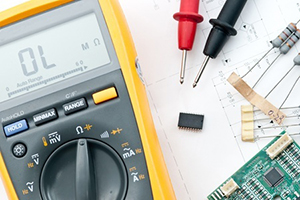 In previous posts, we have reviewed the 10 Steps to Accurate Manual Blood Pressure Measurement and 10 Factors That Can Affect Blood Pressure Readings. As important as these details are, accurate measurement also requires two things:
In previous posts, we have reviewed the 10 Steps to Accurate Manual Blood Pressure Measurement and 10 Factors That Can Affect Blood Pressure Readings. As important as these details are, accurate measurement also requires two things:
1. A trained clinician who takes the time to follow the 10 steps and think about the 10 factors that go into an accurate BP measurement and
2. Capable, well-maintained equipment that is available and easily-accessible, be it an automated monitor or a sphygmomanometer for manual measurement.
Researchers at Oxford University recently studied the second element above and found that nearly 14% of the instruments used to measure BP were not calibrated correctly. This study has been repeated by different groups around the world with largely similar results. The take-home message: equipment is as important as the clinician to taking a BP measurement accurately.
Dr. A'Court, one of the contributing researchers, goes on to recommend automated monitors due to 1) the poor reliability of aneroid sphygmomanometers and 2) the on-going phasing out of mercury devices. Certainly, choosing a well-known, validated monitor is a good place to start. However, going back to the golden rule of BP measurement, the clinician is as important as the equipment in taking a BP measurement accurately.